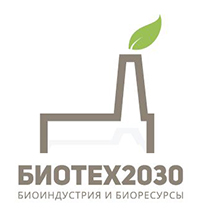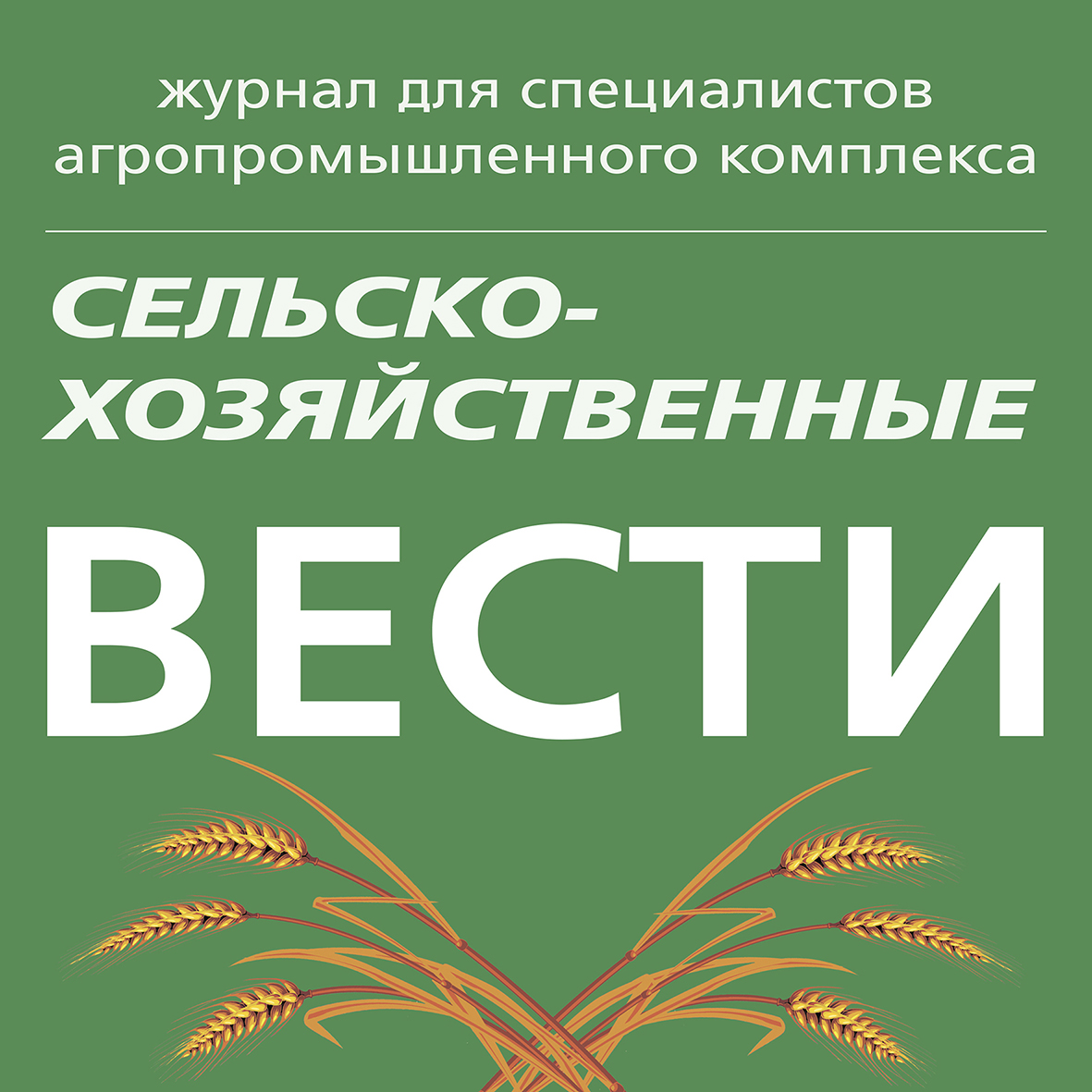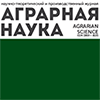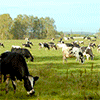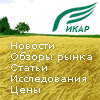Calysta, Cargill scouting further sites for alternative feed plants
13.12.2016 13:23:56
Calysta, Cargill scouting further sites for alternative feed plants
TerraVia, Bunge have ‘many possibilities' to expand omega 3 algae business
September 21, 2016, 9:31 am
Neil Ramsden
Alternative fish feed producer Calysta is already actively looking for sites for plants to produce its 'FeedKind' product, even as it opens its sample-quantity factory on Teesside, in the UK.
The company, in which global feed giant Cargill holds a stake, was holding an open day at the opening of its new Teesside plant.
Speaking at the event, the company said hoped to announce a significant investment in its first "world-scale" plant in North America by the end of 2016.
Doug Sheldon - vice president of operations at Calysta - added that this plant would be its "first build" only.
"Other locations for further plants are on the cards, and we are deliberately looking for others sites already," he said.
There was no word on location for these possible next step plants, though the destination and calibre of some of the visiting companies on Teesside perhaps gave some indication; representatives had come from as far away as Oceania and Asia, Mitsubishi among them.
These sites would be chosen using the same principles which are guiding the selection process for the US site: freight cost to customer, and availability of the natural gas which forms the raw material for Calysta's feed.
The company then converts the methane from this natural gas to a product, which can act as a direct replacement for fishmeal and oil in some species of farmed seafood; though it does not, as yet, contain EPA and DHA -- omega 3 fatty acids needed by a species such as salmon.
The company is still playing its cards close to its chest in terms of where in the US it will build, though it expects to make an announcement in coming weeks, said Sheldon.
It was noted during the plant's opening that while salmon and shrimp are the two species that were mentioned most often in connection with the benefits of this feed, it could be used in the diet of most farmed fish, including Mediterrenean and Asian species.
Once up to speed, the planned US plant will produce some 100,000 metric tons of FeedKind. The intention is for it to be operational by the end of 2018.
A source present at the Teesside opening - and one of Calysta's many investors - credited the rapid progression to commercial scale to Calysta's partner, Cargill.
"There are many companies looking at feed alternatives, and to produce the sort of quantities Calysta is talking about, you need major capital; half a billion dollars, probably."














